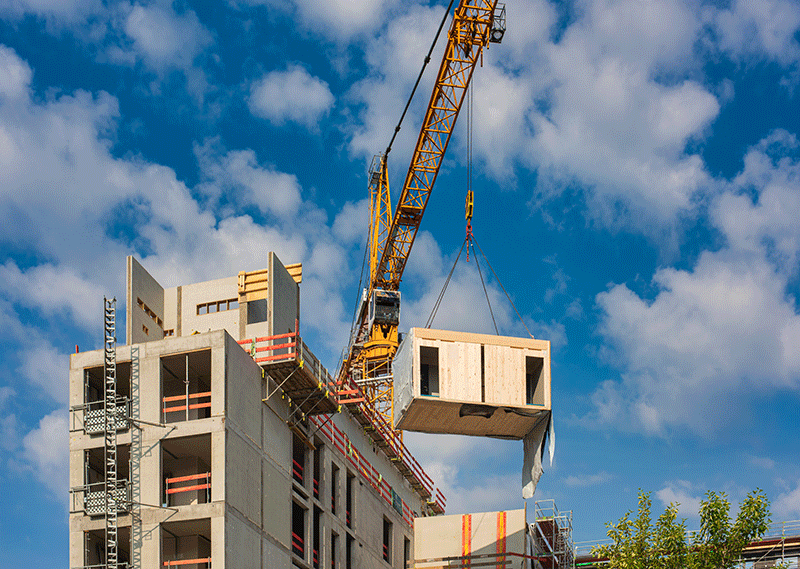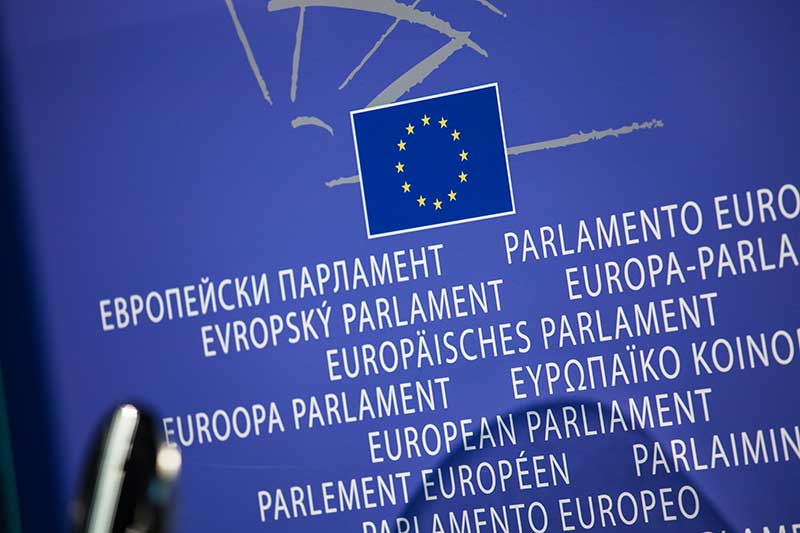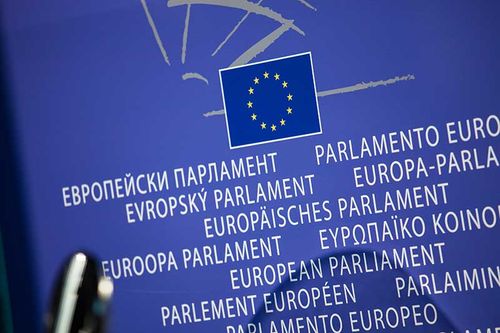What is a sustainable building certification?

Anna Zakrisson
CSO at iimpcoll
2023-10-12
7 min


Green buildings, also known as sustainable buildings, prioritize energy and resource conservation, minimize environmental and social impact, and enhance economic efficiency. Building certifications serve as an evaluation tool and promote environmentally friendly construction and operation, influencing government building codes, corporate strategies, and regulations. Benefits for building owners include increased demand, higher property value, prolonged building lifespan, and significant contributions to environmental goals.
According to the Global Status Report 2017 by the United Nations Environment Programme (UNEP) and the International Energy Agency (IEA), buildings and construction activities significantly contribute to global energy consumption and carbon dioxide (CO2) emissions. Certification systems also drive the construction industry towards the fulfillment of the United Nations Sustainable Development Goals.
We should also not forget that sustainable buildings not only hold higher value but also come with lower operating and maintenance costs. Extensive research has indicated that sustainable buildings significantly reduce the risk of vacancy while increasing rental income. This, in turn, fosters a robust market and enhances the resale value of the property. It is important to note that sustainable construction should be seen as a value driver rather than a cost driver.
There are many building certifications available. Here, we take a look at the most influential ones such as DGNB, BREEAM, and LEED.
How does a sustainable building certification work?
Sustainable building certifications can be applied throughout the entire lifecycle of a building, including planning, design, construction, operation, maintenance, renovation, and demolition. Different certifications are tailored to specific building types, such as residential, commercial, or entire neighborhoods. It is important to note that each certification may have its own unique approach and set of criteria. By embracing sustainable building certifications, businesses and communities can contribute to a greener future while reaping the benefits of energy efficiency, reduced environmental impact, and improved occupant well-being.
Green building certification systems are crucial in assessing buildings' and construction projects' sustainability and environmental performance. These systems consist of rating tools and methodologies that aim to enhance the overall quality of structures while incorporating a life cycle approach in their design and construction. Through certification, the environmental impacts associated with the entire life cycle of buildings are better understood and mitigated and social and govenmental aspects are often also considered and rated.
It is worth noting that there are currently over 100 building certification systems worldwide, with BREEAM (UK), LEED (US), and DGNB (Germany) being the most renowned models.


The sustainability wedding cake by Stockholm Resilience Center.
What is the purpose of a green building certification?
Certification rating systems play a crucial role in evaluating buildings' environmental and resource-efficient performance. These systems aim to optimize building performance, minimize environmental impacts, and establish objective standards and benchmarks for assessment. Resultantly, a certification serves as a testament to the building's achievement of desired performance and quality. Certifying a building or property yields numerous benefits, including a better understanding of environmental impacts and the potential for mitigation. It also promotes sustainable design and construction principles, contributing to holistic sustainability considerations. Additionally, certified buildings and properties enjoy enhanced monetary value in the real estate market.
How many green/sustainable building certifications are there?
In the mid-1980s, the concept of lifecycle assessments (LCAs) gained traction and eventually led to the formalization of the term in 1991. As awareness of the environmental impacts of human activities grew, a need for a more comprehensive assessment of buildings emerged. In response, the Building Research Establishment Environmental Assessment Method (BREEAM) was released in 1990 as the world's first sustainability assessment method for buildings.
A significant milestone in promoting sustainable practices within the building and construction industry occurred in the formation of the United States Green Building Council (USGBC) in 1993. Spearheaded by Rick Fedrizzi, David Gottfried, and Mike Italiano, the USGBC played a pioneering role in advancing sustainability. In 1998, the USGBC developed the Leadership in Energy and Environmental Design (LEED) green building rating system, integrating energy usage, materials performance, and other building-related environmental factors to standardize comparisons.
Inspired by the principles of green building, Green Building Councils (GBCs) were established worldwide, furthering the global adoption of sustainable practices. In 2002, the World Green Building Council (WorldGBC) was officially founded, providing a platform for GBCs from Australia, Brazil, Canada, India, Japan, Mexico, Spain, the United States, and other countries. Currently, there are 69 Green Building Councils operating under the umbrella of the WorldGBC (as of 2018-19).
Green Building Councils hold a pivotal role in the global network of the WorldGBC. These councils are entrusted with developing and managing various building certifications worldwide. Notably, as of 2021, the Green Building Council members officially certified an impressive 4.2 billion square meters of green building space.


Credit: Pexels
What is the DGNB sustainable building certification?
The German Sustainable Building Council (Deutsche Gesellschaft für nachhaltiges Bauen e.V., DGNB) has been instrumental in shaping global green building certification systems. Established in 2009 in collaboration with the German Federal Ministry of Traffic, Construction and Urban Development (Bundesministerium für Verkehr, Bau und Stadtentwicklung), the DGNB certification offers a voluntary program that adheres to robust German codes and standards (DIN and VDI).
Renowned for its comprehensiveness, surpassing BREEAM and LEED, the DGNB System is underpinned by three core paradigms: lifecycle assessment (LCA & LCC), holistic sustainability (encompassing environmental, economic, and social dimensions), and a performance-based approach. This system also uniquely includes a thorough evaluation of financial aspects, such as life cycle costs (LCC) and building value creation.
The assessment process involves an auditor appointed by the project contractor, who collaborates with and oversees the construction process from initial registration to certification and project completion.
The DGNB Certification System includes a comprehensive international approach through adaptability to diverse climatic, structural, legal, and cultural climates. The DGNB closely collaborates with renowned local organizations in various countries, including Denmark, Austria, Croatia, Switzerland, and Spain. In these countries, dedicated system partners oversee on-site adaptation and application of the DGNB System, as well as the continued training of experts in DGNB Certification.
The EU's Sustainable Finance initiatives have resulted in increased regulatory requirements for developers, investors, and property owners. The DGNB System aligns with the EU taxonomy criteria, facilitating seamless proof of compliance alongside certification.
Furthermore, it has received official recognition from the German federal government as an assessment system for sustainable buildings, enabling it to serve as a verification tool for obtaining the "Qualitätssiegel Nachhaltiges Gebäude" (QNG) quality label and accessing federal funding for energy-efficient buildings (BEG).
Additionally, some banks may require a DGNB Certificate to qualify for subsidies or more favorable loans.


What is BREEAM?
BREEAM (Building Research Establishment Environmental Assessment Method) is a highly regarded Sustainability Assessment Method for buildings. Introduced in 1990 by the UK-based organization Building Research Establishment (BRE), BREEAM has become the recognized standard in the field. It utilizes a comprehensive scoring system that evaluates projects across ten categories: Management, Health and Well-being, Hazards, Energy, Transport, Water, Materials, Waste, Land Use and Ecology, and Pollution.
Each category is further subdivided into assessment indicators with specific aims, targets, and benchmarks. Credits or points are awarded when targets or benchmarks are achieved, which are then used to calculate the category scores. The sum of the weighted category scores determines the final performance rating. Qualified BREEAM assessors evaluate buildings and projects to ensure they meet the scheme's rigorous quality and performance standards.
In certain countries such as the Netherlands, Germany, and Sweden, dedicated national operators certify BREEAM, which is tailored to each country's unique standards, processes, and construction methods.
Interestingly, BREEAM certification is now mandatory for governmental construction projects in the UK. The Common Minimum Standards for government construction require environmental assessment for all public projects, explicitly emphasizing achieving an 'excellent' rating for new projects and at least a 'very good' rating for refurbishment projects. It is no wonder that BREEAM has gained widespread recognition and adoption in the construction industry as an effective tool for promoting sustainable and environmentally friendly development practices.
Swedish sustainable building certifications Miljöbygnad and BREEAM-SE
The Sweden Green Building Council implemented its own certification system, known as Miljöbyggnad, in 2011. This system is founded on Swedish standards and legislation, serving as a benchmark for sustainable constructions. With the recent release of Miljöbyggnad 3.1 in April 2020, the certification system now features three levels: Bronze, Silver, and Gold.
Miljöbyggnad evaluates and certifies new and existing buildings, assessing three crucial categories: energy consumption, indoor environment quality, and materials and chemicals. Each category encompasses various sub-categories with unique requirements for each certification level. For instance, under the "Energy Use" sub-category, achieving the Bronze level necessitates energy consumption to be less than 65% of the requirements specified in the BBR (Swedish Building Code). A follow-up inspection is conducted after three years to ensure continued adherence to the established standards and ensure ongoing compliance.
Apart from Miljöbyggnad, the Sweden Green Building Council also supervises the Swedish adaptation of the British BREEAM certification, known as BREEAM-SE. Introduced in 2013, BREEAM-SE certifies new constructions in accordance with Swedish construction practices and standards.


LEED certified Taipei 101. Credit: Pexels
What is the LEED sustainable building certification?
The United States introduced the Leadership in Energy and Environmental Design (LEED) certification system by the US Green Building Council in 1998. LEED has gained significant international recognition due to its simplicity, ease of use, and alignment with ASHRAE (American Society of Heating and Air-Conditioning Engineers) codes and standards. The fourth iteration of LEED, launched in late 2013, represents the latest advancements in green building practices.
One remarkable LEED-certified building is Taipei 101, which has held the title of the world's tallest and largest LEED Platinum-certified building since 2011. LEED offers various rating systems designed for different types of projects, including new construction, major renovations, commercial interior fit-out projects, existing building improvements, new land development and redevelopment projects, single-family homes, multi-family homes, cities, and communities, as well as LEED recertification and LEED Zero projects with net-zero goals.
LEED certification is a voluntary process, and qualified assessors evaluate projects based on established categories such as integrative process, location and transportation, sustainable sites, water efficiency, energy and atmosphere, materials and resources, indoor environmental quality, innovation in design, and regional priority.
The certification levels range from Platinum, Gold, and Silver to Certified. Achieving LEED certification demonstrates a commitment to sustainable practices and contributes to a healthier environment.
Conclusion: sustainable building certifications
Sustainable building certifications, also referred to as green building rating systems, are utilized to assess and recognize structures that meet specific sustainability requirements or standards. These certifications not only acknowledge and provide incentives to companies and organizations that construct and operate environmentally friendly buildings, but also contribute to advancements in sustainability. Moreover, they play a crucial role in establishing industry standards, which in turn influence government building codes and regulations, workforce training, and corporate strategies.
These certifications encompass a range of aspects, including the planning, design, construction, operation, maintenance, renovation, and eventual demolition phases of a building. Additionally, sustainable building certifications can be customized to suit different types of structures, such as residential properties, commercial buildings, or even entire neighborhoods.
Need help, advice or assistance? iimpcoll has extensive sustainable building expertise including DGNB & LEED auditors. CONTACT us today!